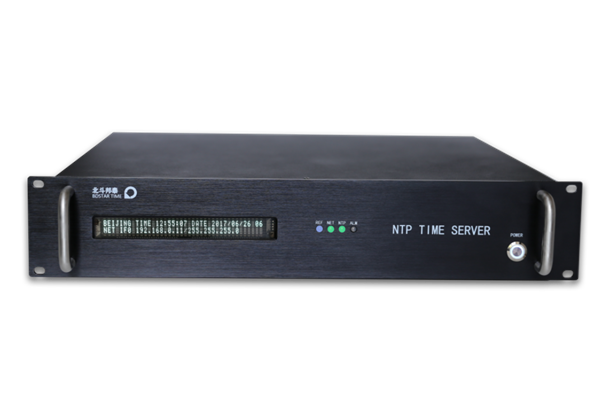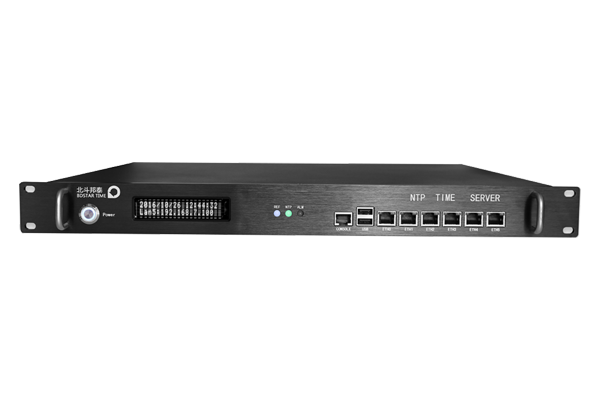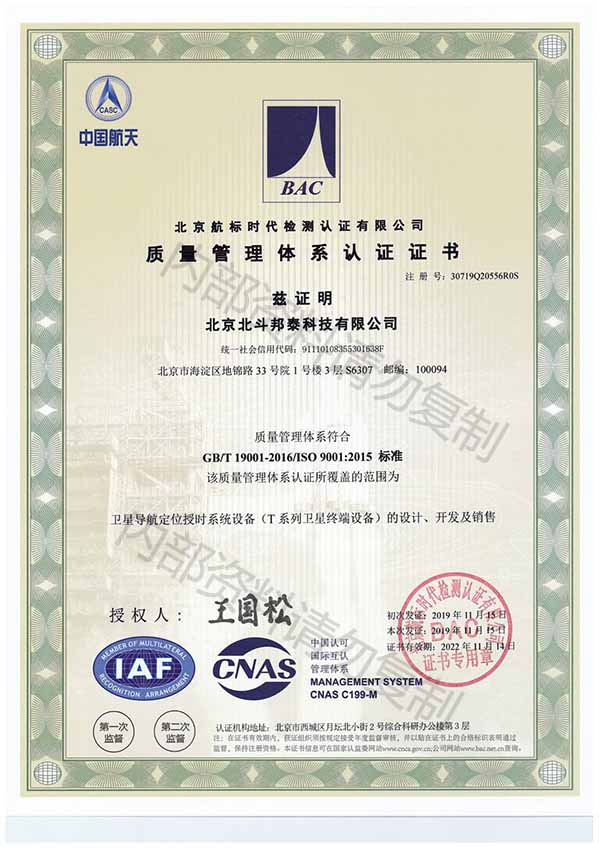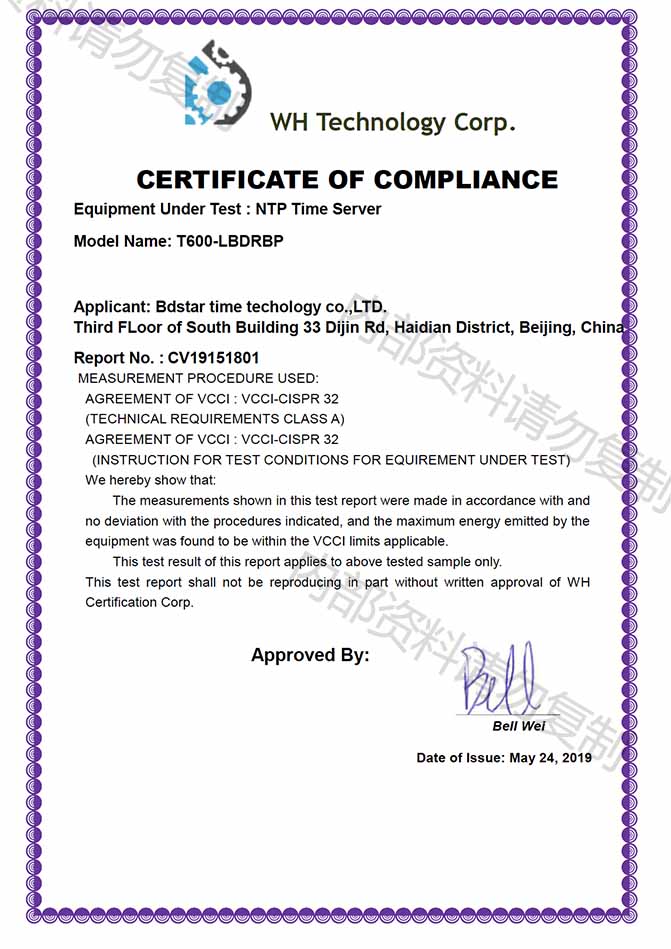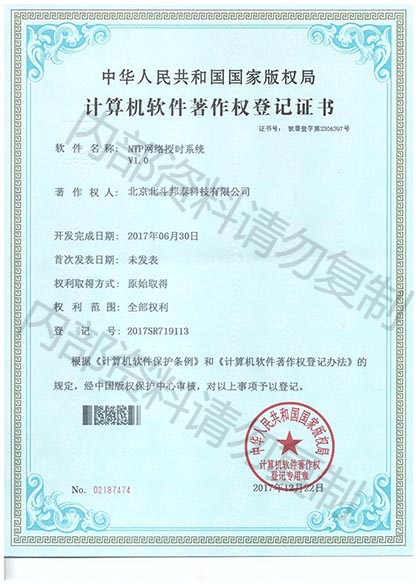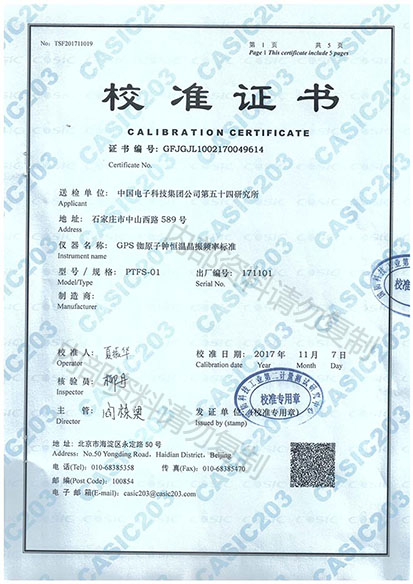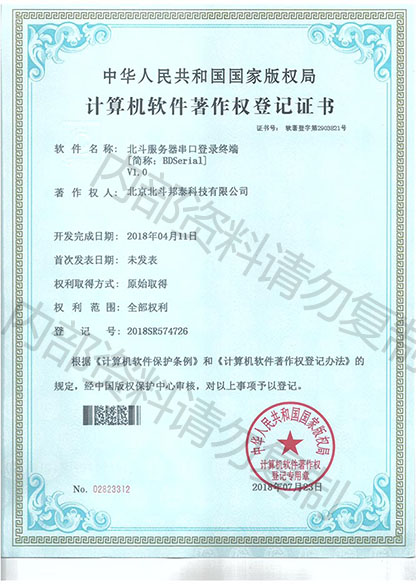home >> Gnss synchronization server >> T760 Ultra high stability crystal oscillator combinationGNSS compliant rubid

Product Description
The T760 GNSS Disciplined Rubidium Atomic Frequency Standard Server consists of a high-precision timing GNSS receiver, high-performance rubidium atomic clock, low-phase-noise phase-locked crystal oscillator, control module, and low-noise amplifier module.
By utilizing digital phase-locking technology, it combines the long-term stability of GNSS, low aging characteristics of rubidium atomic clocks, and the high short-term stability and low phase noise of temperature-controlled crystal oscillators. This innovative design results in a low-phase-noise high-precision atomic frequency standard with both long-term and short-term stability, providing high accuracy.
When in GPS lock state, the stability of the 10MHz frequency can reach the performance of a regular cesium clock, offering excellent cost-effectiveness.
The T760 GNSS Disciplined Rubidium Atomic Frequency Standard equipment is designed in a 2U chassis and can output 10MHz, 1PPS, IRIG-B, NTP, and TOD information (optionally supporting multi-channel 100MHz, 80MHz, 5MHz, and 1MHz outputs). It can be widely used in radar, communication, metrology calibration, power, electronic warfare, space measurement, and control fields.
Key Features:
- Built-in high-performance rubidium atomic clock and ultra-stable low-phase-noise crystal oscillator
- GNSS-based automatic calibration of the rubidium clock frequency
- High-sensitivity GNSS receiver for operation in demanding global environments
- Simultaneous reception of GPS/QZSS, GLONASS, BeiDou, GALILEO signals
- Rubidium atomic clock combined with a cesium-level temperature-controlled crystal oscillator as the frequency reference
- Daily average accuracy of <5E-13
- Stability of 1ss@s reaches 3E-12
- Provides four channels of 10MHz ultra-low-noise isolated amplified output
- Offers six independent 10/100/1000Mbs network interfaces
- Built-in high-performance rubidium atomic clock with a 24-hour deviation of 200 nanoseconds
- Advanced anti-interference and anti-deception detection algorithms
- VFD ultra-wide high-definition vacuum fluorescent display suitable for extreme low temperatures
- Supports SSH, SSL, SCP, SNMP, CustomMIB, HTTPS, Telnet
- Achieves nanosecond-level relative UTC time accuracy
- Reliable with an MTBF greater than 100,000 hours
- Secure and efficient web user interface
Unified Network Monitoring Software:
BDMonitor is a unified network time monitoring software that can monitor satellite information, server information, and client information. Satellite information includes satellite time, lock status, number of locks, latitude, longitude, altitude, and other details. Server information includes NTP time synchronization status, synchronization status, server time, network configuration, and more. The monitoring and alarm information supports protocols like syslog and email or stores events in local logs. It supports monitoring of at least 10,000 clients and allows configuration of alarm types and levels for selective reporting. The software provides direct querying and configuration of network parameters and offers rubidium clock disciplining/maintenance, loss of lock/gain of lock status (remote) monitoring functions.
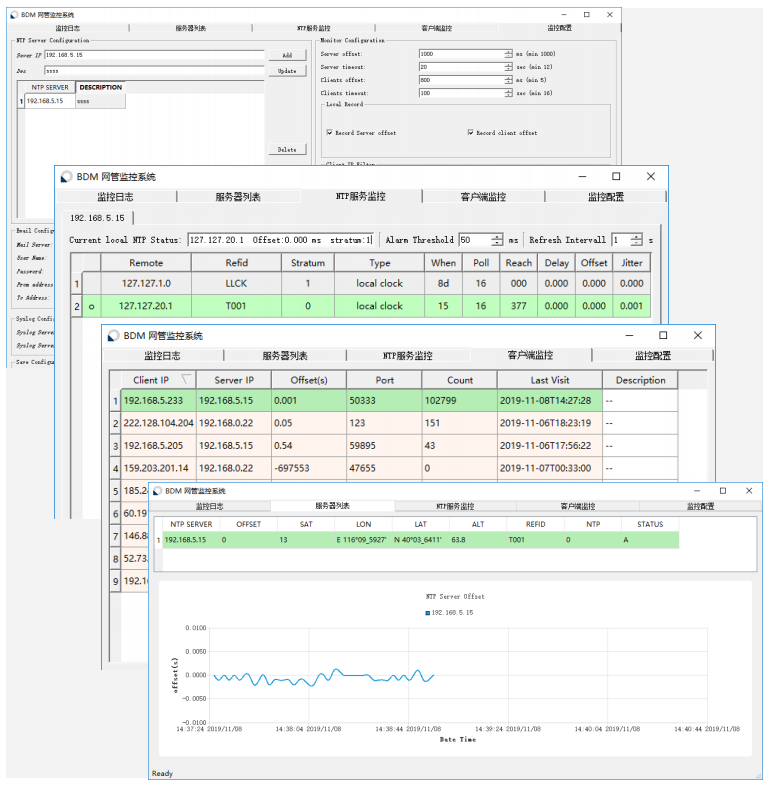 |
Timing Receiver
Receiver Type: 72-channel Professional Timing GPS/QZSS L1 C/A, GLONASS L10F, BeiDou B1, SBAS L1 C/A: WAAS, EGNOS, MSAS, GAGAN, Galileo E1B/C
Data Update Rate: Parallel GNSS up to 4Hz
Positioning Accuracy: 2.5 meters CEP
Cold Start: 28 seconds
Assisted Cold Start: 2 seconds
Timing Accuracy: 20ns
Sensitivity: Tracking and Navigation -166dBm, Cold Start -157dBm
 Logistics and Environmental Parameters:
- 2U Chassis: 447×89×300mm
- Power Supply: 220V±20%, 47Hz to 63Hz
- Operating Temperature: -10°C to +55°C (Receiver), -40°C to +75°C (Antenna)
- Storage Temperature: -45°C to +85°C
- Humidity: 95% non-condensing
- Power Consumption: 60W
- Weight: 7kg
Phase Noise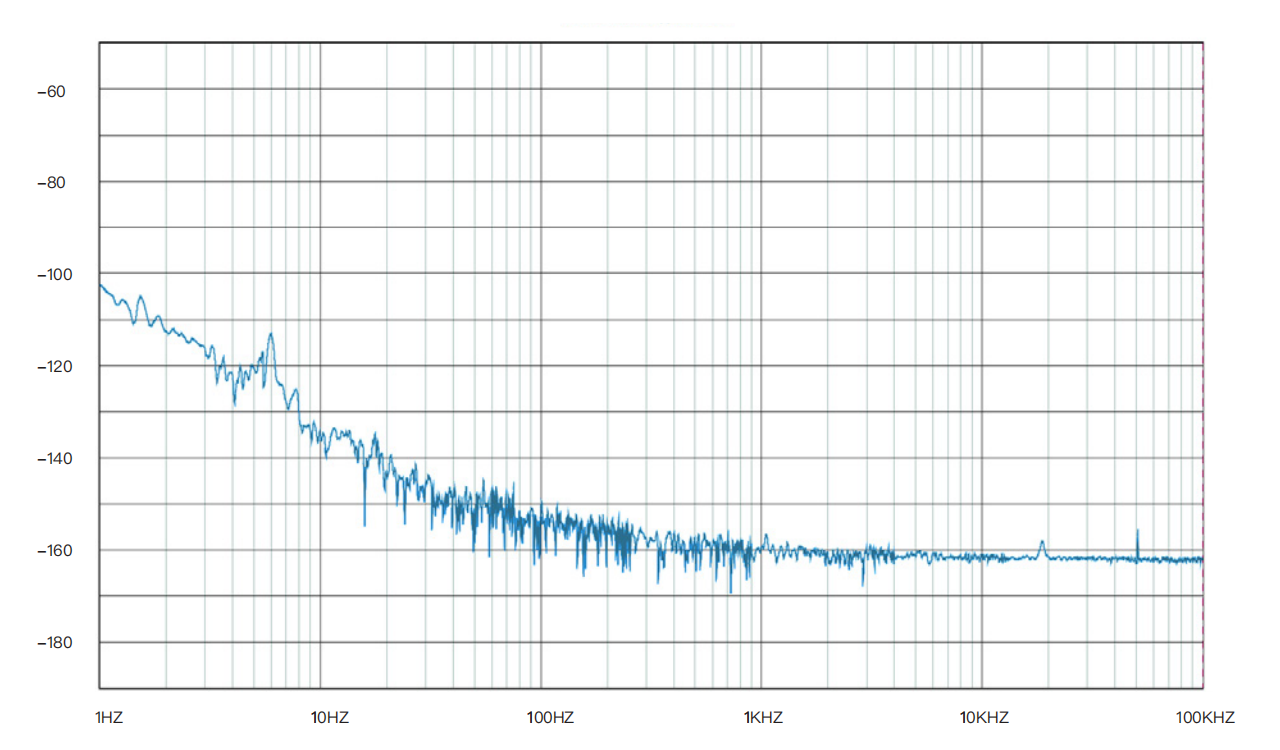 Allan Deviation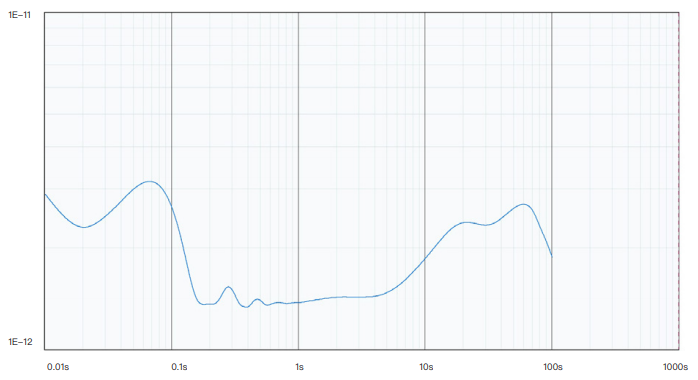 |
Documentation
T760 Ultra high stability crystal oscillator combination【PDF】data
PDF


